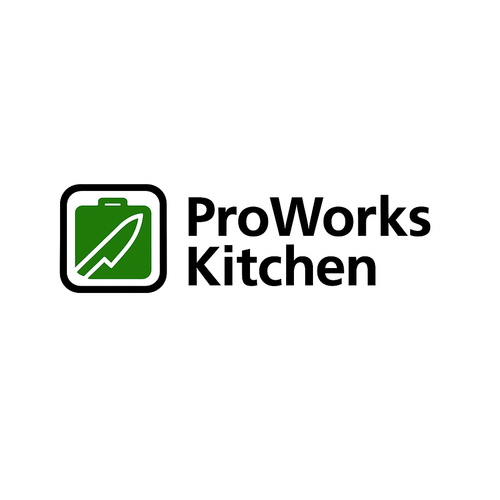When it comes to choosing a cutting board, you’ve probably debated between wood, plastic, and metal options. While each material has its own advantages, they also come with hidden risks and drawbacks that you might not be aware of. In this post, we’ll reveal the shocking truth behind these popular cutting board materials and why it’s time to make the switch to a safer, more hygienic option.
The Hidden Dangers of Wooden Cutting Boards
Wooden cutting boards have long been praised for their durability and ability to preserve knife edges. However, what many don’t realize is that wood is porous, which means it can absorb food juices, bacteria, and moisture over time. Even with regular washing, bacteria can thrive deep inside the wood, particularly in the grooves left by knives. These hidden bacteria can cause foodborne illnesses, especially if you're using your wooden board to cut raw meat.
How Plastic Cutting Boards Contribute to Microplastics
Plastic cutting boards are popular because they are affordable and lightweight, but they come with their own set of issues. The most concerning of these is the microplastics they shed. Every time you cut on a plastic surface, tiny pieces of plastic break off and mix with your food. These microplastics can accumulate in your body over time, potentially causing digestive issues, hormonal imbalances, and other health concerns. Worse, plastic cutting boards develop grooves from knife marks, which can trap food particles and bacteria, making them difficult to clean properly.
Metal Cutting Boards: The Truth About Stainless Steel and Titanium
Metal cutting boards, like stainless steel and titanium, are often seen as the sleek, professional option. While they are incredibly durable and non-porous, they’re not without their downsides. Stainless steel boards can sometimes be hard on knives, causing them to dull more quickly. However, titanium is a softer metal that’s gentle on knife edges while still providing all the benefits of metal cutting boards, like being easy to clean and bacteria-resistant. The biggest advantage of metal boards is that they are non-porous, meaning bacteria and food juices won’t be absorbed. They also don’t shed microplastics like plastic boards do, making them a much safer option.
The Shocking Truth About These Materials
- Wooden cutting boards may seem natural and safe, but they trap bacteria and can absorb harmful substances over time.
- Plastic cutting boards might be lightweight and convenient, but they shed microplastics and harbor bacteria in deep knife grooves.
- Metal cutting boards, while more durable and hygienic, can be tough on knives if made from harder metals, although titanium is a better option that balances knife care with hygiene.
Why You Should Choose Stainless Steel or Titanium
For a cutting board that’s safe, hygienic, and durable, there’s no better option than a stainless steel or titanium cutting board. These materials offer:
- Non-porous surfaces: No bacteria, no food particles, and no moisture can get trapped.
- Knife-friendly: Titanium, in particular, is gentle on knives, preserving their sharpness.
- Long-lasting durability: These boards will last for years without wearing down or needing constant replacement like plastic or wood boards.
- Hygienic: Stainless steel and titanium boards are incredibly easy to clean, ensuring that your cutting surface remains sanitary with minimal effort.


